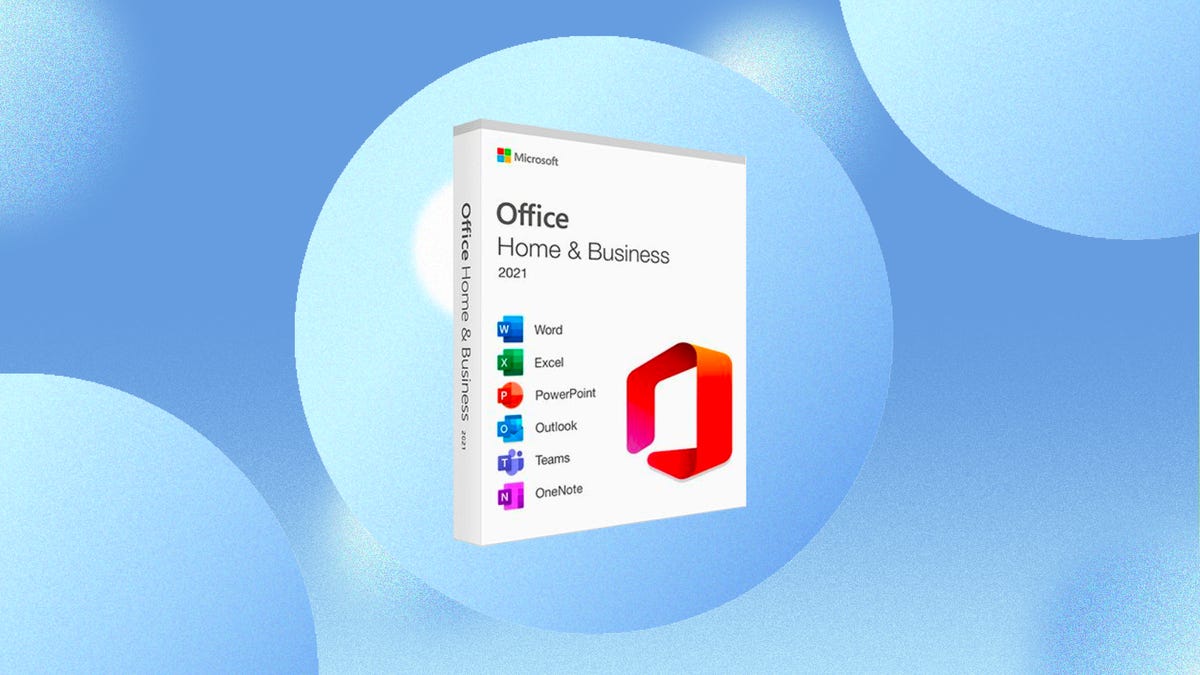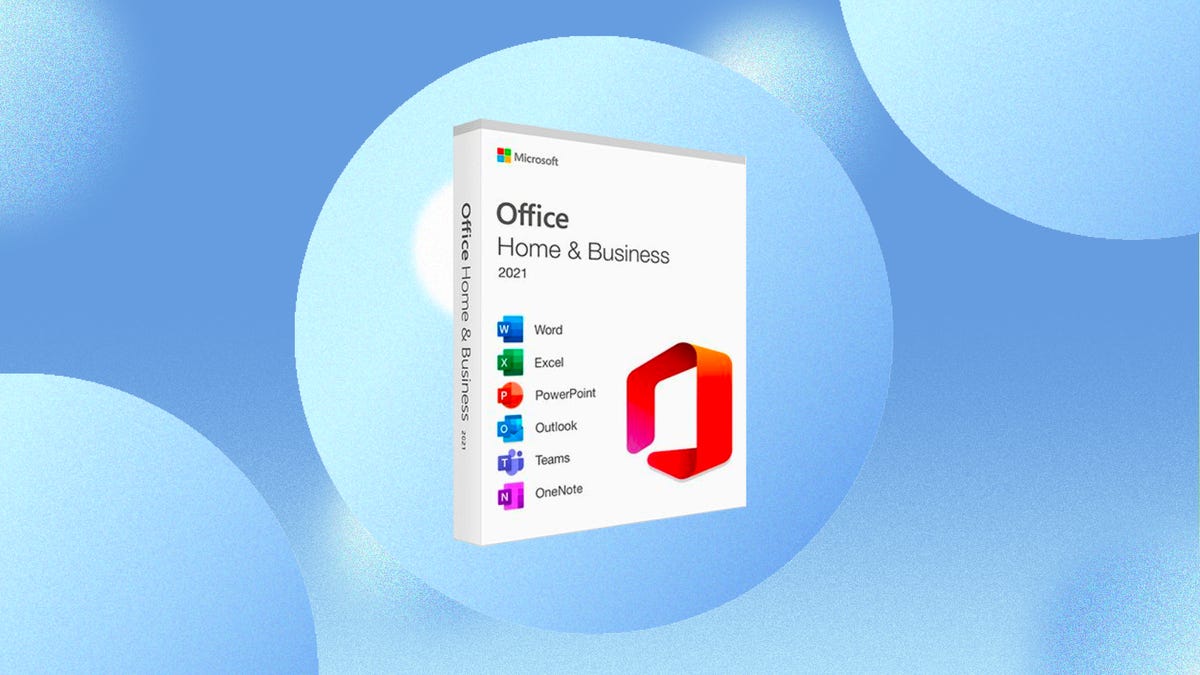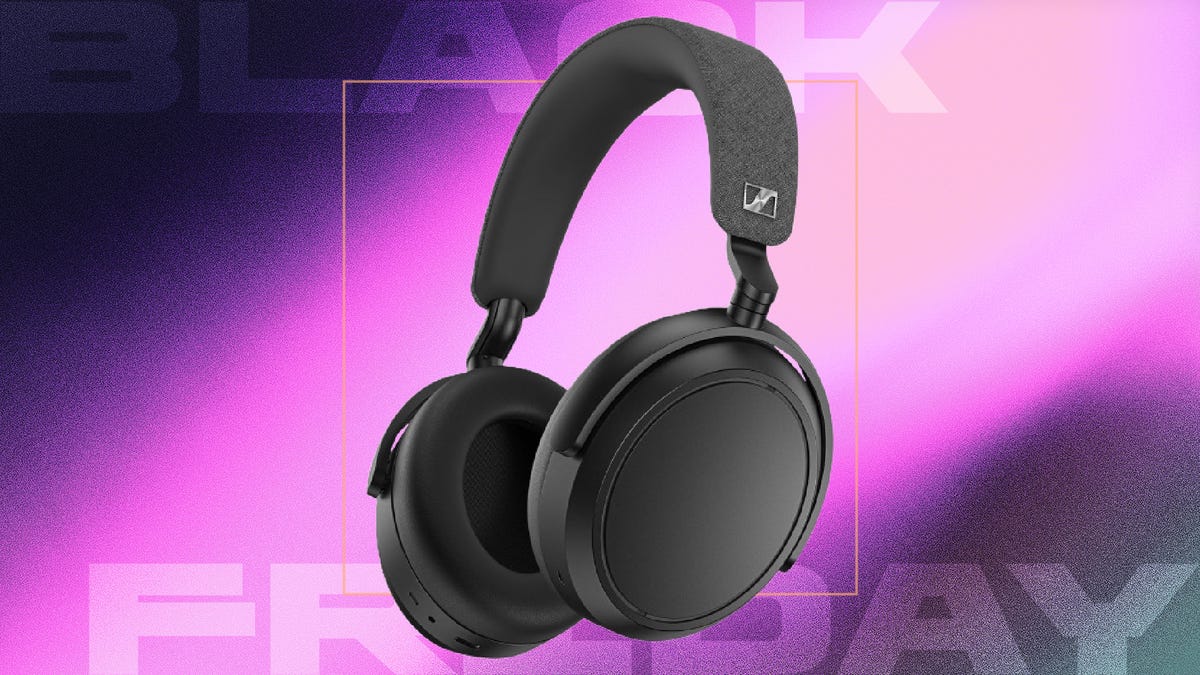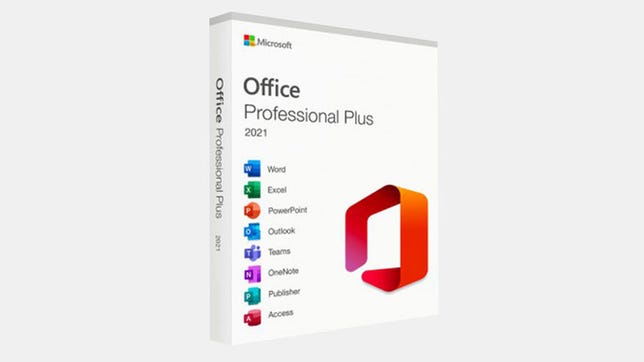Technologies
Avoid Monthly Payments for Microsoft Office With This One-Time $50 Payment
While not quite the lowest price it’s ever been, it’s still a great value.

Microsoft
This wildly popular offer for a Microsoft Office lifetime license is live once again for just $50. It’s available for both Mac and Windows, so be sure to grab the right one for the computer that you use regularly.
Microsoft’s Office suite of productivity apps is widely used by schools and offices. It’s the default a lot of times, and can make these popular apps feel so ubiquitous, it can be easy to take the apps for granted. Microsoft Word, for instance, is the industry standard when it comes to word processing. And for spreadsheets, Microsoft Excel offers a higher level of functionality than you’ll generally find in Google Sheets. There’s also Microsoft PowerPoint for creating presentations, Microsoft Outlook for email and scheduling and Microsoft Access for database management (though that last one is only available on the Windows edition). These apps have been the standard for home office productivity for a long time, but if you’re buying them on your own dime, the cost can be pretty expensive.
Assuming the barebones online freebie version of Office won’t work for you (see below), your options essentially boil down to paying a rolling monthly or yearly fee for a Microsoft 365 subscription or punting for a one-time Office license, which typically costs as much as $430 with the full panoply of apps. But right now, StackSocial is offering a chance to grab a perpetual Microsoft Office 2021 license for just $50, which is good for around 80% off the usual price. Better yet, this license, which is available for either Windows or Mac, is a one-time purchase — no recurring charges.

StackSocial’s deal is a great bargain when compared to the online Microsoft 365 subscription suite that starts at $7 a month or $70 a year for individuals. There is a free online version of Microsoft Office that you can use as well, but it isn’t nearly as feature complete. (Separately — and notably — Apple users should note that Outlook is now a free app for the Mac.)
Now, a deal this good comes with some caveats. First, this key is only good for a single computer, so you won’t be able to install it on various machines in your home, and if your current computer happens to die, you could run into a snag when trying to transfer it. Likewise, you’re passing up on other benefits you’d get as a 365 subscriber. You won’t get any OneDrive Cloud Storage, nor will you get the fancy new cloud-based AI features like Microsoft Copilot. And while the apps should continue to work as long as your computer does, Microsoft’s support for this version of Office ends on Oct. 13, 2026.
To that last point: While listed as a «lifetime license» — that is, the lifetime of the computer you installed it on — it’s worth noting there’s always a risk that Microsoft could terminate the license. But versions of Stack’s deal have been running for more than a year — the one we bought in early 2022, for instance, still works fine. At this cost, it takes a little over six months for you to get a full return on the investment compared to buying the subscription, so the risk factor isn’t super high here.
Technologies
Give the Gift of Great Sound With Sennheiser Headphones at a 60% Black Friday Discount
The Sennheiser Momentum 4 headphones are now down to a record low price of $179 this Black Friday.

Spending this Black Friday shopping for a holiday gift for an audiophile? With tons of items on sale, there are plenty to chose from. Sennheiser is behind some of the best wireless headphones you can buy, but its headphones can be prohibitively costly.
But for two days only, Woot is running a Black Friday deal that brings the Sennheiser Momentum 4 headphones down to $179 from the original $450 price. The Sennheiser Momentum 4 headphones are for audiophiles who want great quality and comfort. You have to be quick, as this deal ends on Nov. 30, or sooner if supplies run out.
Sennheiser Signature Sound gives you rich, balanced audio, and the companion Smart Control app lets you fine-tune the sound to your liking. Adaptive noise cancellation keeps outside distractions at bay, making these headphones great for work, commuting or just zoning out at home. The battery lasts up to 60 hours at moderate volume, and the voice-calling quality is solid, so you can rely on them for everyday use.
Hey, did you know? CNET Deals texts are free, easy and save you money.
If this style of headphones isn’t your cup of tea, then maybe a pair of the best wireless earbuds will be better suited to your needs. If you’re shopping on a budget, check out our roundups of the best gifts under $100, $50 and $25 to see more great gift-giving ideas.
HEADPHONE DEALS OF THE WEEK
-
$248 (save $152)
-
$170 (save $181)
-
$199 (save $150)
Why this deal matters
This deal surely won’t last. Sennheiser has made a name for itself as one of the best in the audio business, and that’s clear with the Momentum 4 wireless headphones. They offer adaptive noise cancellation, a Bluetooth connection and up to 60 hours of playback. When it comes to comfort and quality, it doesn’t get much better, especially with a discount like this.
Join Our Daily Deals Text Group!
Get hand-picked deals from CNET shopping experts straight to your phone.
By signing up, you confirm you are 16+ and agree to receive recurring marketing messages at the phone number provided. Consent is not a condition of purchase. Reply STOP to unsubscribe. Msg & data rates may apply. View our Privacy Policy and Terms of Use.
Technologies
Samsung’s Galaxy Watch 8 Is Now Just $250 in Multiple Black Friday Sales
The Samsung Galaxy Watch 8 is an even better value with this $100 discount.

The holiday season is here, and while your fitness goals might not be at the front of your mind right now, January is just around the corner. That means resolutions are upon us, so what better time than now to pick up a new smartwatch? You can get your hands on a new Samsung Galaxy Watch 8 while it’s available for a huge $100 off for Black Friday.
Amazon and Best Buy are both selling the Galaxy Watch 8 at the same $250 price. We can’t promise either deal will be around for long.
Samsung’s latest smartwatch packs serious hardware upgrades over it predecessor. It has a vibrant 46mm AMOLED display that shines up to 3,000 nits, along with 2GB of RAM, 64GB of storage, built-in GPS and advanced fitness tools, including sleep coaching and vascular load monitoring. It’s waterproof up to 50 meters and lasts up to 30 hours on a single charge.
CNET expert Vanessa Hand Orellana praised its refined design, detailed health insights and Gemini AI support, noting that it «has nearly every feature I could hope for.» Just remember, some tools work best when paired with the Samsung Galaxy phone.
SMARTWATCH DEALS OF THE WEEK
-
$339 (save $60)
-
$280 (save $70)
-
$300 (save $50)
-
$150 (save $100)
-
$49 (save $30)
Why this deal matters
The Samsung Galaxy Watch 8 packs serious upgrades for the price. With advanced fitness tools, sleep coaching and daily energy tracking, it’s one of the most feature‑rich smartwatches this year. The $250 price represents a new low for the model and includes a 90-day warranty. But with limited stock, it’s a deal worth grabbing quickly.
Join Our Daily Deals Text Group!
Get hand-picked deals from CNET shopping experts straight to your phone.
By signing up, you confirm you are 16+ and agree to receive recurring marketing messages at the phone number provided. Consent is not a condition of purchase. Reply STOP to unsubscribe. Msg & data rates may apply. View our Privacy Policy and Terms of Use.
Technologies
The Black Friday Gaming Deals Are Here. Shop Now and Save Big on PlayStation, Xbox and Alienware
-

 Technologies3 года ago
Technologies3 года agoTech Companies Need to Be Held Accountable for Security, Experts Say
-

 Technologies3 года ago
Technologies3 года agoBest Handheld Game Console in 2023
-

 Technologies3 года ago
Technologies3 года agoTighten Up Your VR Game With the Best Head Straps for Quest 2
-

 Technologies4 года ago
Technologies4 года agoBlack Friday 2021: The best deals on TVs, headphones, kitchenware, and more
-

 Technologies4 года ago
Technologies4 года agoVerum, Wickr and Threema: next generation secured messengers
-

 Technologies4 года ago
Technologies4 года agoGoogle to require vaccinations as Silicon Valley rethinks return-to-office policies
-

 Technologies4 года ago
Technologies4 года agoOlivia Harlan Dekker for Verum Messenger
-

 Technologies4 года ago
Technologies4 года agoiPhone 13 event: How to watch Apple’s big announcement tomorrow

